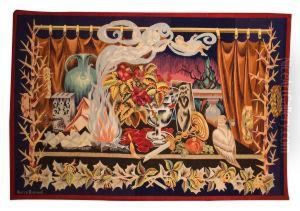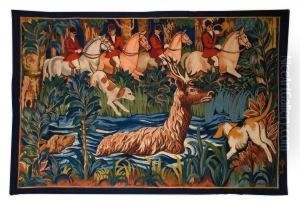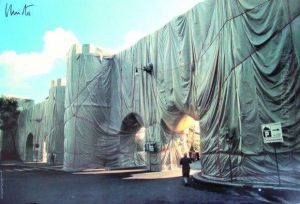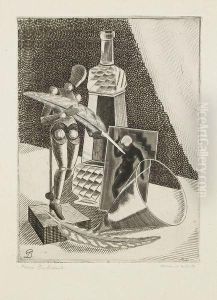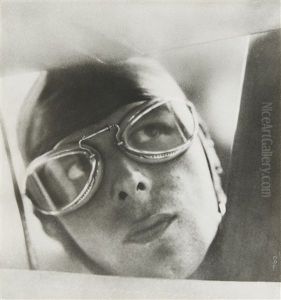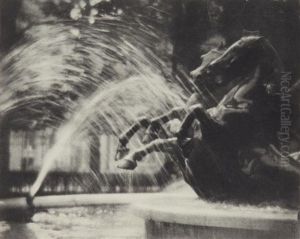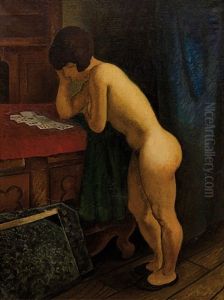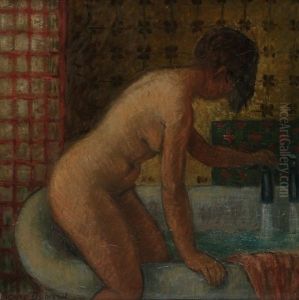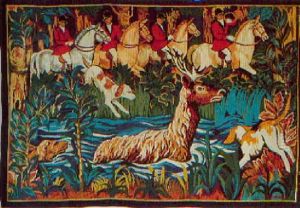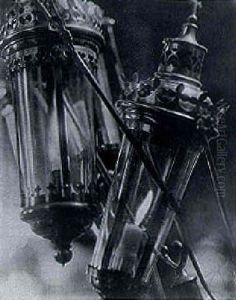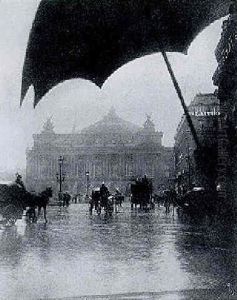Pierre Dubreuil Paintings
Pierre Dubreuil was born on September 29, 1872, in Lille, France. He embarked on his photographic journey at the young age of 16, initially influenced by the pictorialist movement, a style that emphasized beauty, tonality, and composition over the subject matter, treating photography as a means of artistic expression rather than a mere record of reality. Dubreuil's early work reflects this influence through its use of soft focus, special printing processes, and often allegorical content. However, his style evolved significantly over his career, incorporating elements of modernism and exploring the abstract potential of photographic medium.
Dubreuil's work is characterized by its innovative approach to composition, light, and shadow, often playing with perspective and scale to transform everyday subjects into striking abstract forms. He was adept at using multiple exposures and photomontage techniques long before they were widely adopted by other artists. This experimental approach set his work apart from his contemporaries and aligned him more closely with the avant-garde movements of his time, including Cubism and Surrealism.
Despite his innovative contributions to the field, Dubreuil's work was not widely recognized during his lifetime. He faced periods of obscurity, particularly during the two World Wars, when opportunities to exhibit and sell his work were scarce. After the First World War, he briefly stopped photographing, and it wasn't until the late 1920s and early 1930s that he began to gain some recognition, participating in international exhibitions alongside photographers such as Man Ray and László Moholy-Nagy.
Dubreuil's legacy has been somewhat rehabilitated in recent years, with art historians and collectors appreciating the unique qualities of his work and its role in the development of modern photography. His photographs are now held in the collections of several major museums and have been the subject of retrospective exhibitions.
Pierre Dubreuil passed away on January 9, 1944, in Terrasson, France, leaving behind a body of work that continues to inspire and intrigue art enthusiasts and photographers alike. His ability to constantly evolve and push the boundaries of the photographic medium makes him a significant figure in the history of art.
